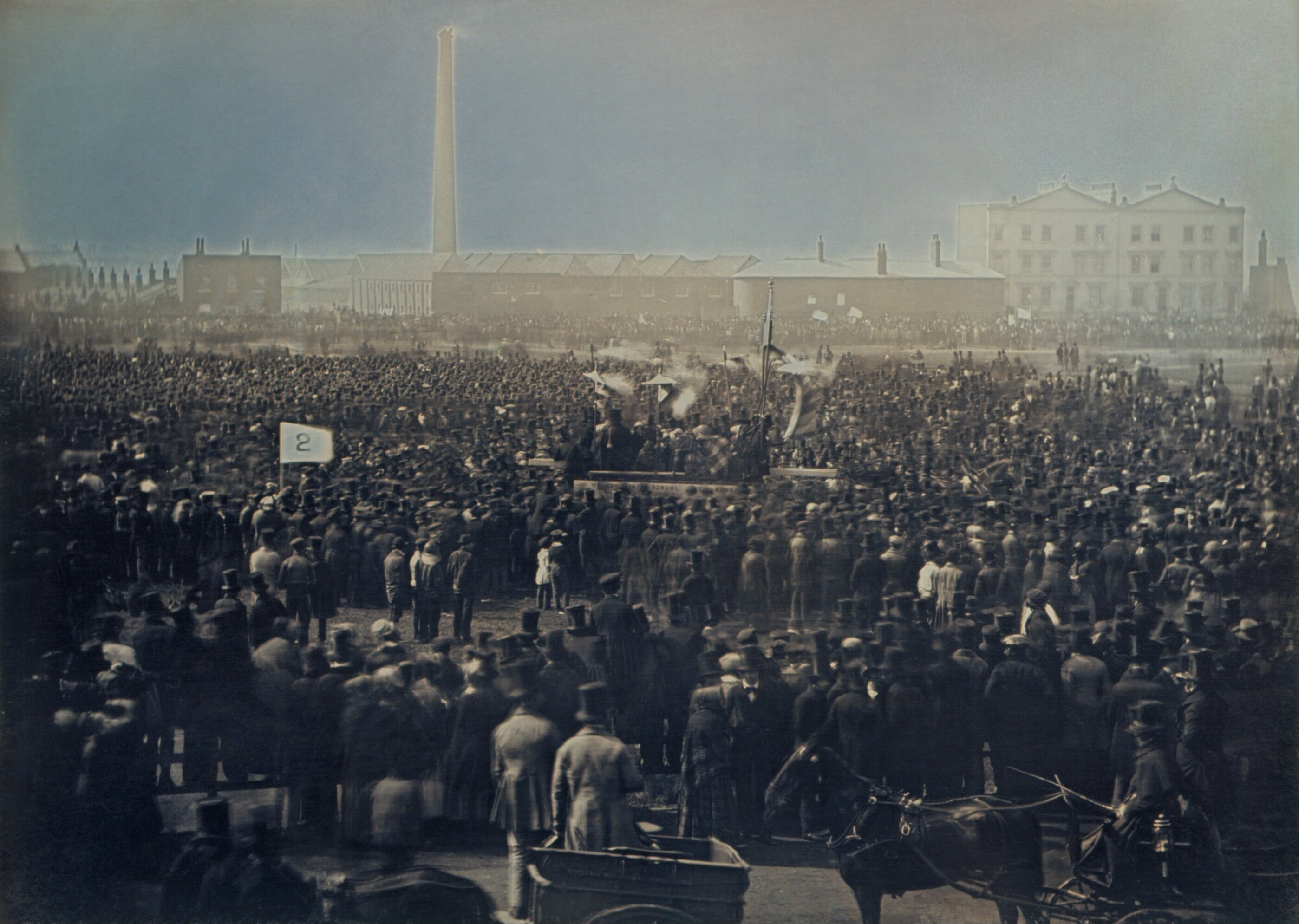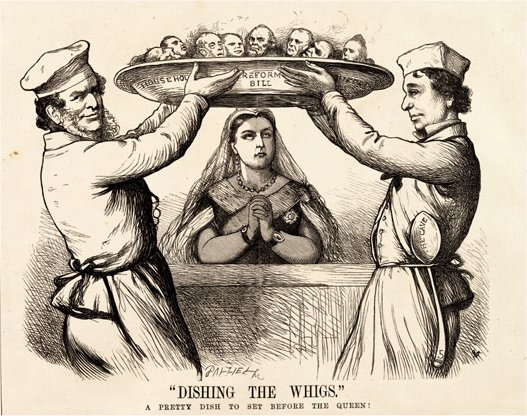Recovering from the failure of the revolution while in exile in London, looking at the British Museum, Marx begins to study political economy in a more serious way. He studied Adam Smith, David Ricardo and other political economists in order to understand how capitalism – or commercial societies, as it was mainly called – worked as a system. The theory he develops is one in which, following the intellectual revolution at the end of the 18th century, capitalism is thought of not as a set of mechanical interactions, but as an organism.
In other words, there’s a whole which is determining capitalism. It is also developing into a worldwide system. In the 1850s, Marx tries to develop his theory. Once again, he owes a lot to Hegel, in this case to the Hegelian idea that reality is somehow circular: what starts off in a very small way becomes larger and larger, making ever increasing circles. This is how commodity production develops in the economic world and eventually becomes world capitalism, determining economic relations in all particular countries. So this system will develop by incorporating more and more, transforming pre-capitalist relations into capitalist relations. And once it has reached its apogee, it will begin to collapse. Like any organism, it has a beginning, grows, develops and then has an ending.
Marx and Engels think that when the next big downturn comes in the development of capitalism, then you’ll have another episode of revolution and that will bring about the end of capitalism, as they’d hoped. However, in 1857-58, there is a world economic crisis, but with no political impact whatsoever. The countries carry on as before; they barely notice what has happened at the level of the economy, although those changes were quite substantial.


